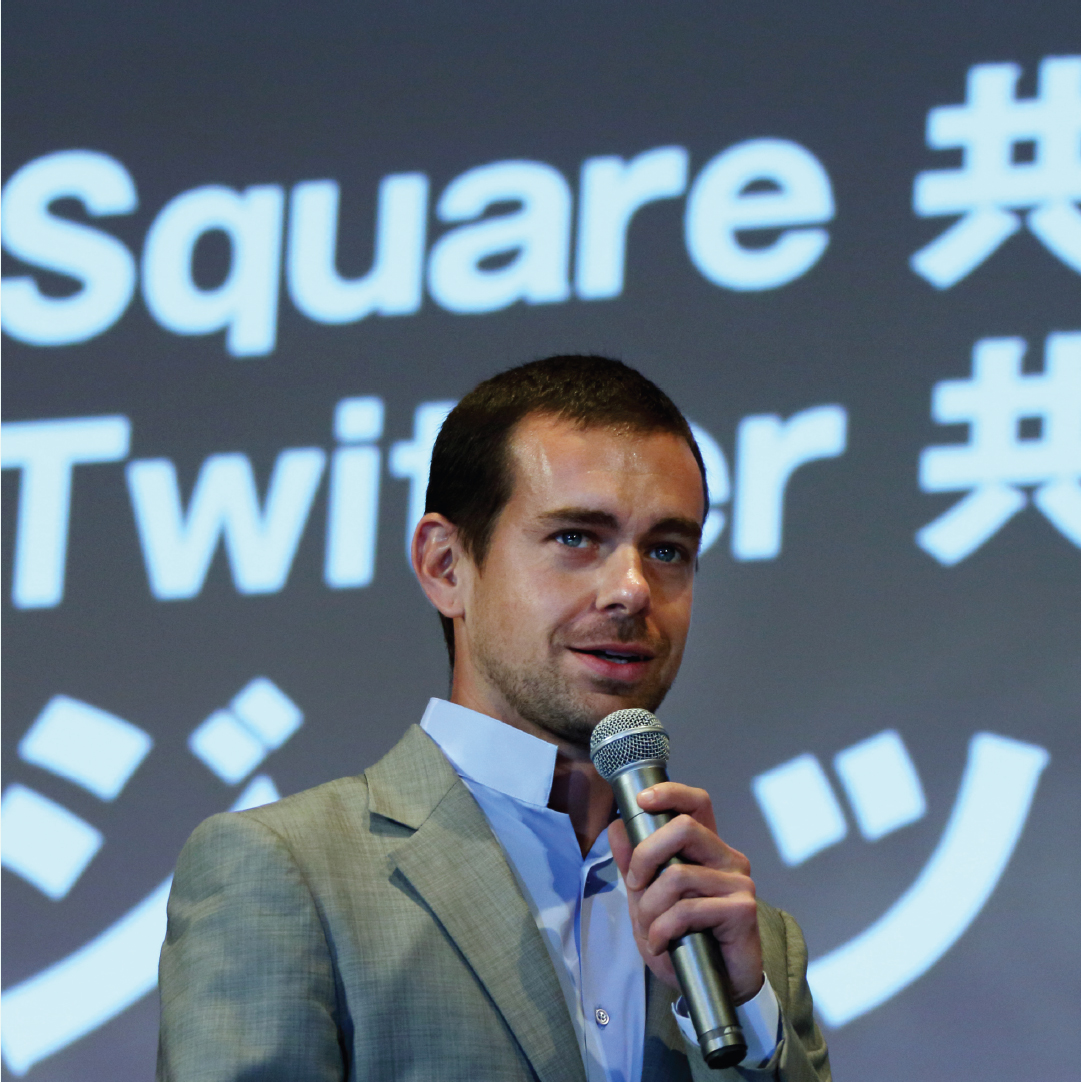Chapter 3
Growing up in St. Louis, Jack Dorsey was fascinated by the radio conversations of police and firefighters. Listening in with a scanner, what most struck him was that everyone talked in short bursts, providing constant updates on their activities—what they were doing and where they were going. Years later, this emergency-personnel eavesdropping inspired him to invent Twitter, the social networking platform designed to quickly share small amounts of information. As he describes, “Twitter is instant—now, we all can update others about where we’re going, what we’re doing, what we’re thinking, how we’re feeling, and what we care about—and it can go out to the entire world.”1
Dorsey’s invention has changed how the world connects and communicates. After all, expressing yourself in 140 characters or less is now part of our cultural fabric. But Dorsey believes that instead of replacing face-to-face interactions, online and offline communication habits influence each other. For example, he struggles with competent communication in his own life. “I have a tendency to be silent at times, which unsettles people a bit, because they don’t know what I’m thinking. The biggest thing I’ve learned is that I need to communicate more—be more vocal.” This recognition led him to change how he sends out messages in his newest start-up company, Square. The company practices an open communication system that keeps employees in the loop at all times. Dorsey uses e-mail and other communication technologies to share all information—including decision-making processes and sensitive documents on company goals and profits that are normally restricted to higher-level management. In addition, Dorsey doesn’t have an office or a desk—unheard of for someone in his position. Instead, he spends his days roaming around the building, talking with employees face-to-face, and using his tablet to connect with people who are offsite via e-mail, text, and (of course) Twitter. To Dorsey, this is one of the benefits of technology and social media: people can connect and communicate no matter where or who they are.
Hundreds of millions of people worldwide now use Twitter every day. In the summer of 2012, Arab revolutionaries used it to organize protests. When Pope Benedict XVI resigned in 2013, his final message to his followers was a tweet. Celebrities and sports personalities feed the curiosity of millions of their followers by tweeting both the trivial and the significant details of their lives. Asked about whether it is easier to communicate in person or online, Dorsey is reflective regarding the benefits and limitations of media. “I guess my natural state is to communicate through technology. But do I appreciate it as much as face-to-face communication? No. Do I feel like I’m an expert in having a normal conversation face-to-face? Absolutely not. It’s just not my natural state. I’d rather be walking . . . and thinking about things. . . . And Tweeting.”

Whether you actively use Twitter or not, technology plays a major role in how you communicate with others. As Chapter 1 states, communication occurs when people use various tools and media for exchanging messages, including sending texts, making video presentations, and posting to social media sites. Given the many tools for transmitting messages, how do you choose what media to use when communicating with others? After all, communicators do not always agree on the use of media for exchanging messages (Ingram, 2013). Twitter may be appropriate for staying connected with your friends, but your grandparents may not tweet. Understanding how media affect your communication will help you communicate more competently. In this chapter, you’ll learn:
- The functions and characteristics of mediated communication
- Ways to present your identity through mediated communication
- The challenges of using mediated communication
- Guidelines for competently using mediated communication